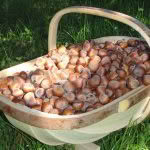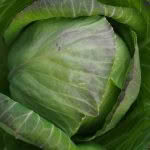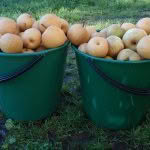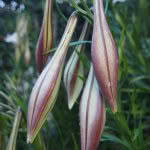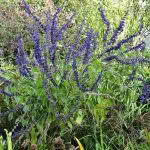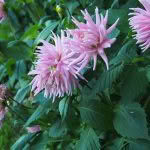How to make the most of your autumn garden
- Hazelnuts picked up and ready for drying for winter use.
- Cabbages are part of the mass planting of greenery for winter eating.
- Early autumn harvest continues with the picking of late nashi.
- Not a bad way to gather garden goodies like seaweed.
- Lillies budding up for early autumn blooming.
- Twisty, twirly salvia in the autumn garden.
- Lovely late dahlias in all their blowsy beauty.
Summer is fading and the softer light of autumn is shining. It’s the best time of year for making sure your garden is looking the best it can. Here are some of Jane Bellerby’s tips for achieving the best autumn garden.
Words: Jane Bellerby
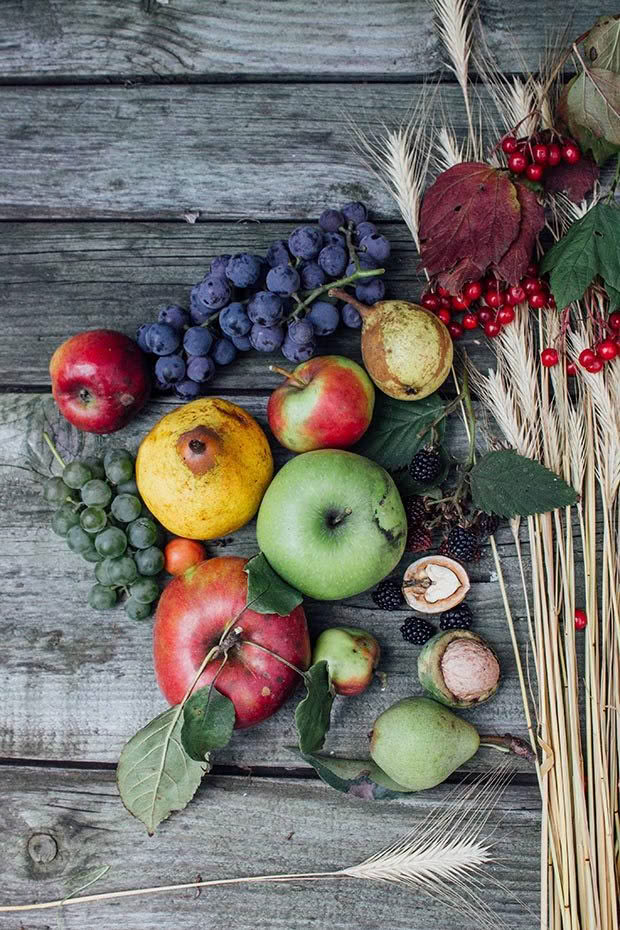
Autumn offers long warm days but without the hot edge and cooler nights for deep and restful sleep. Out in the garden and further afield, there is a burst of blowsy growth highlighted by late flowering dahlias, Japanese anemone, lilies, roses, nerines, salvias and Michaelmas daisies. And weeds of course. I find the late summer/early autumn weeds have a toughness about them which makes them harder to control than soft spring growth. While I stop any seeding at the very least, I also know I can deal to them more thoroughly in the winter clean-up. The swamping effect of full growth from desirable plants helps to keep them in check as well.
Often in autumn we’re away from home on horse trips into the mountains or out on some long stretch of wild coast blowing away any cobwebs, refreshing our spirits and having fun. There tends to be a gathering element to these trips and I come home with plants from a friend’s garden or the side of the road, and often a couple of sacks of seaweed or an intriguing bit of driftwood for display. Being out in a wider environment is a source of mental stimulation, sparking new ideas and developing current themes of thought. It is restful because nothing we look at is part of our work load. Driving along gives us the chance to look at other people’s gardens and farms, we get to see and talk with people out of our valley, and we appreciate the laughter, chat and mutual challenges of being gardeners and land owners.

Then it’s home again which is often the best part of a holiday. We try to allow at least one or two days after getting home before swinging back into work mode so as not to feel swamped by all the work that has its hand up. “Mow me, weed me, plant me, harvest me!” Then there are the phone messages and the local community news to catch up on as we happily settle back into the rhythms of home. This time of year is also about the harvest and it’s fantastic to be gathering in produce such as main crop potatoes, corn and butternuts, late fruiting nashi, hazelnuts and walnuts, along with continuing the preserving and drying of fruit and vegetables.
I’ve dried beans, zucchini, tomatoes and onions in the past and not been happy with how they reconstitute. I can’t seem to get past the expectation that they will taste like fresh offerings. I’ve been experimenting, drying excess vegetables to the point of crispiness, then grinding everything to a powder. Tadaah! Instant soup or bouillon for travelling and to use over winter, or I can add spoonfuls to soups and stews to intensify taste and increase our mineral intake as well. It’s time to decide what other greenery you want to be eating over the next months. If I was to embark on a crusade for good eating my mantra could well be EAT HEAPS OF GREENS! And yellows and reds. I get so frustrated with the cooking shows on television when food gets tortured and fiddled with, then topped with a curl of chives and a few shreds of greenery. That is not enough to create balanced eating, and why do we garden if it is not to produce health-giving food, heaps of it and every day!
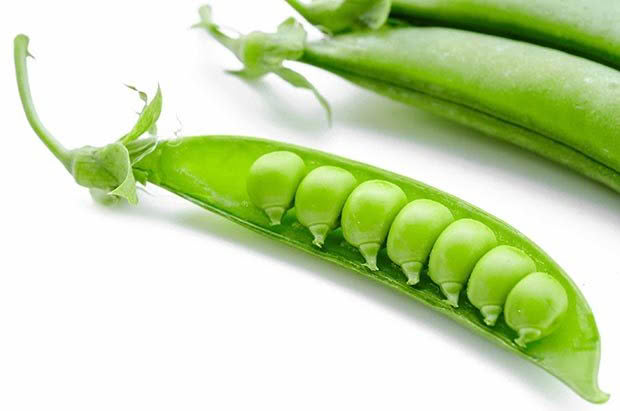
Greens for the coming months in our household include parsley, rocket, coriander, chervil, miner’s lettuce, kale, bok choi, cos lettuce, mizuna, silver beet, broccoli, cabbages and other brassicas. I want to be able to have a big handful of chopped raw greens and a big pot of cooked greens as a main part of my meals. Growing greens takes up way less room than many other crops and it is easy to keep planting a few every week or so to ensure continuity of daily supply.
3 TIPS FOR A BIT OF SPICE IN YOUR LIFE

A batch of dried chillies.
Chillies are fun, but not necessarily easy to grow;
• Little Thai chillies are both dried and frozen – I throw them in the freezer ‘au naturel’ – then reconstitute under a running hot tap for a few moments, before I chop and cook with them as if they were fresh.
• To maximise the heat they thrive in, I mulch the chilli plants with seagrass. Being dark, it absorbs the warmth well.
• I lay flat rocks around the plants to hold the heat of the sunny days and release it over the evening after the sun has gone. The rocks and seaweed continue their multi-tasking by suppressing weeds and conserving moisture.
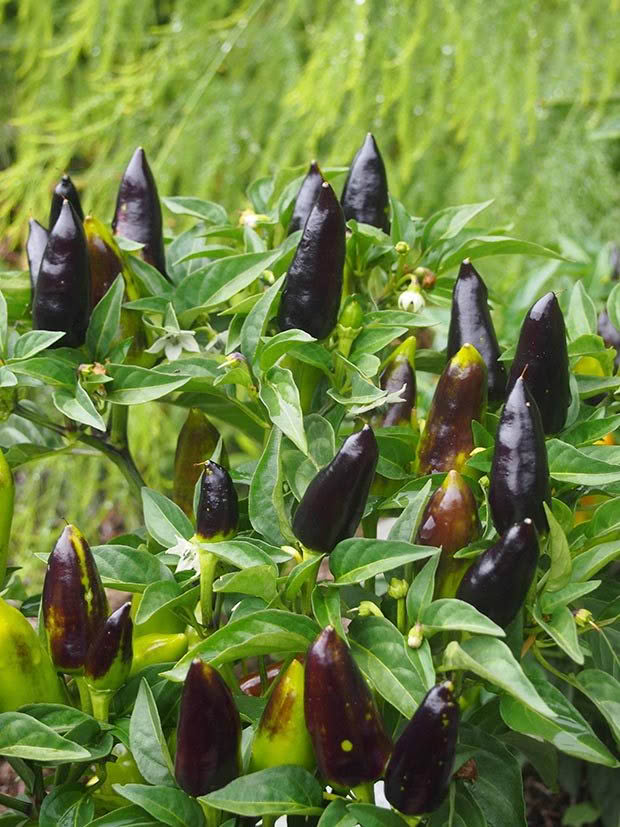
Thai chillies in their decorative black phase before going bright red in maturity.
WHAT TO DO IN THE GARDEN NOW
• A cut-back of fading flowers and a bit of a feed will keep plants boosted along for a burst of autumn flowering.
• Slugs and snails are about as usual, especially once it gets a bit damper as autumn rains begin, so staying vigilant will protect young plants.
• Sweet peas planted now into deeply dug and fertile soil with a tall frame to grow up will be spring beauties in a few months.
• It’s bulb planting time and there are usually lots of bargains to be had in the gardening shops or you may find friends and family who are happy to share with you. A basic rule of thumb is to plant a bulb to a depth of twice its size. Mark them well if they are planted in an area you cultivate.
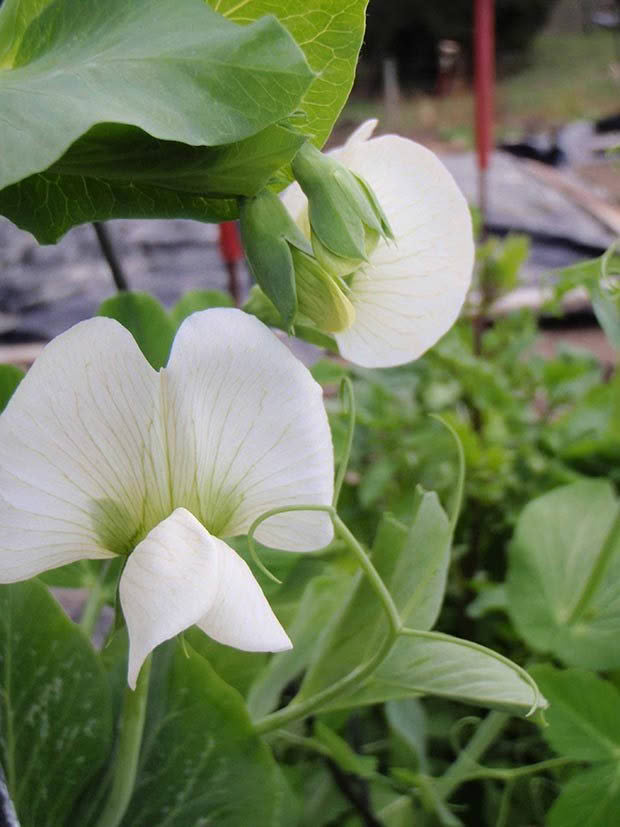
• Rose cuttings and those of many other shrubs like hebes can be taken now. Push them into sharp sand and soil and keep them moist. Once they have rooted they can be cared for over winter, then transplanted out in the spring.
• Leafy greens en masse in the vegetable garden will mean plenty of choice in the cooler months to complement, enhance and balance the intake of the more sturdy vegetables.
• Broad beans can be sown directly into well worked and fertile soil. I keep the slugs away with a scattering of ashes and sometimes sharp sand. Once the beans are up and away they need support because as they grow higher it’s not pleasing if a storm whips by and lays them flat!
• Sugar snap peas are great to grow over winter in areas where the frosts are not too hard. The pods are delicious, the flowers are beautiful and the green tips taste great in the salad bowl.
Love this story? Subscribe now!
 This article first appeared in NZ Lifestyle Block Magazine.
This article first appeared in NZ Lifestyle Block Magazine.
